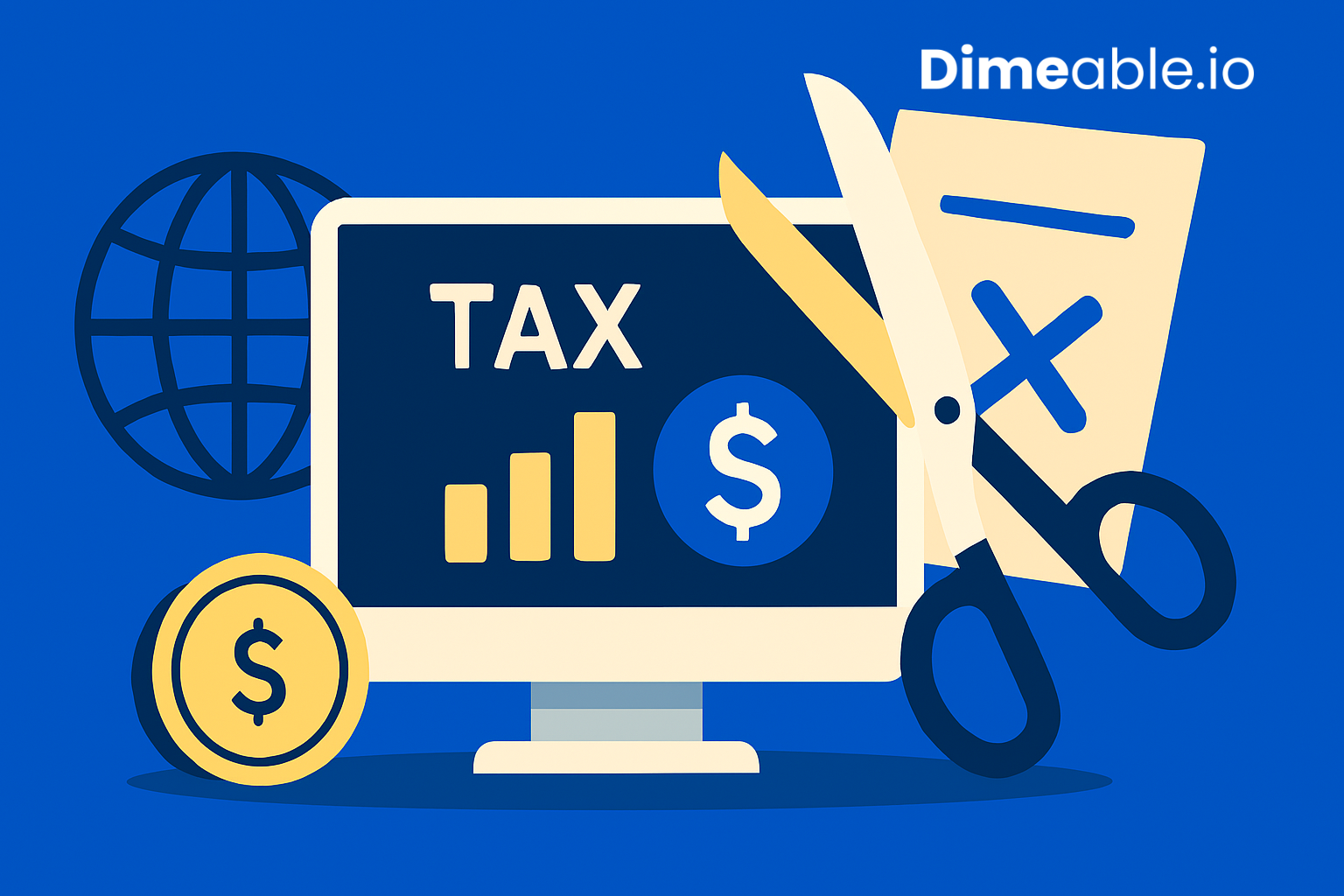The digital economy has transformed how businesses operate, making it easier for multinational corporations (MNCs) to generate revenue across borders. To address taxation concerns, many countries introduced levies on digital services. One such measure, often called the Google Tax, was implemented in 2016 but has now been abolished. Let’s break down why it was introduced, how it worked, and why it’s being phased out.
What Was the Google Tax?
The equalization levy, popularly known as the Google Tax, was designed to tax revenue from digital ads earned by multinational companies that didn’t have a physical presence in the country. It aimed to prevent companies from shifting profits to low-tax jurisdictions, ensuring fair competition between foreign digital giants and domestic businesses.
Key Features of Google Tax:
- Introduced in 2016 as a 6% levy on digital advertising revenue earned by foreign firms.
- Expanded in 2020 to include a 2% tax on e-commerce transactions.
- Applied to non-resident companies with revenue exceeding a specified threshold from digital services.
- Affected major tech giants like Google, Facebook, and Amazon, which earned significant ad revenue from businesses.
Why Was Google Tax Imposed?
The tax was introduced to create a level playing field. Traditional businesses and MNCs with a physical presence were subject to corporate taxes, while digital companies without an establishment could operate tax-free. This unfair tax advantage led to the equalization levy to ensure foreign digital firms contributed their fair share.
Additionally, with the surge in digital advertising, governments sought ways to capture a share of this growing revenue stream. India was among the early adopters of digital taxation, aligning with global efforts to regulate the taxation of big tech companies.
Impact on Multinational Companies
While the tax aimed at fairness, it faced criticism from major economies, particularly the United States. The US argued that the tax unfairly targeted American companies such as Google, Microsoft, and Meta. In response, the US threatened retaliatory tariffs on goods imported from India, escalating trade tensions.
From a business perspective, companies passed on the tax burden to advertisers, increasing digital ad costs. This impacted small and medium enterprises (SMEs) and startups relying on affordable online marketing solutions.
Why Was the Google Tax Abolished?
The decision to phase out the Google Tax was largely influenced by global taxation reforms. The OECD’s (Organisation for Economic Co-operation and Development) global tax framework, backed by over 140 countries, introduced a unified approach to tax digital businesses fairly across markets.
Key reasons for abolition:
- Avoiding US trade tariffs: India wanted to prevent retaliatory measures from the US, which had threatened additional duties on Indian exports.
- Aligning with global tax reforms: The OECD’s plan for a 15% minimum corporate tax rate ensures digital giants pay taxes where they operate, reducing the need for separate digital levies.
- Boosting digital economy growth: Removing additional taxes on digital services could encourage foreign investment and expansion of digital enterprises.
What Happens Next?
With the Google Tax gone, companies will be taxed under the new global framework. This shift ensures a fairer distribution of taxes without trade disputes. The move is expected to enhance India’s standing in international trade and digital regulations while benefiting businesses by making digital advertising more affordable.
Conclusion
The equalization levy served its purpose but became a point of contention in global trade. With evolving tax policies, its abolition aligns with international best practices and economic diplomacy goals. The focus now shifts to how digital taxation evolves under the global tax agreement and its long-term impact on businesses and consumers.
FAQs
1. What was the Google Tax?
The Google Tax, or equalization levy, was a tax on digital advertising and e-commerce services provided by foreign MNCs without a physical presence.
2. Why did the US oppose the Google Tax?
The US opposed the tax because it primarily affected American tech giants, leading to trade tensions and threats of retaliatory tariffs.
3. What was the tax rate under the Google Tax?
The tax was 6% on digital advertising services and 2% on e-commerce transactions.
4. Why did India remove the Google Tax?
India removed it to align with the global tax framework set by the OECD and to avoid trade conflicts with the US.
5. What does the removal of Google Tax mean for businesses?
It may lower digital ad costs, encourage foreign investment, and provide a stable taxation framework under the global agreement.
Also Read: Taxing the IPL: How Much Does the Government Earn from Cricket Mania?


